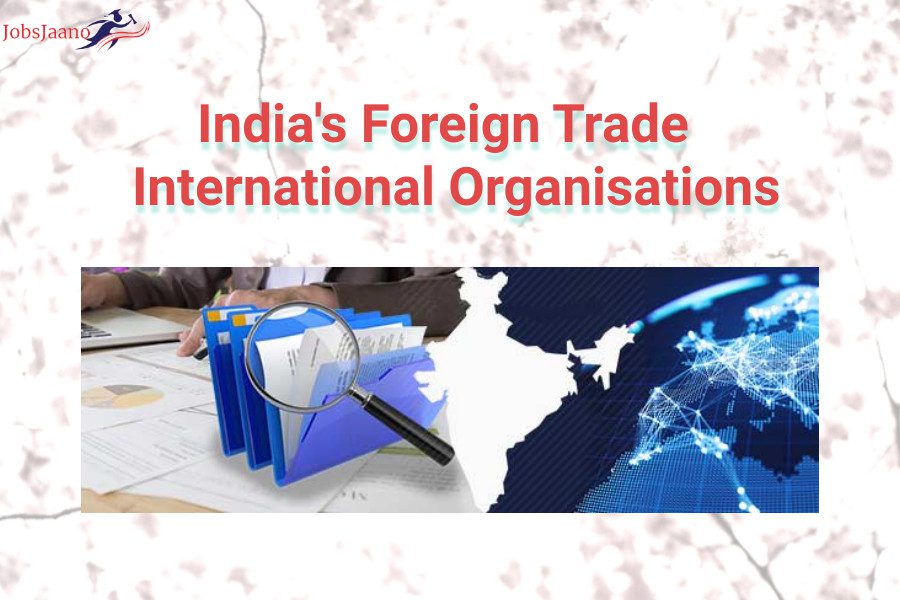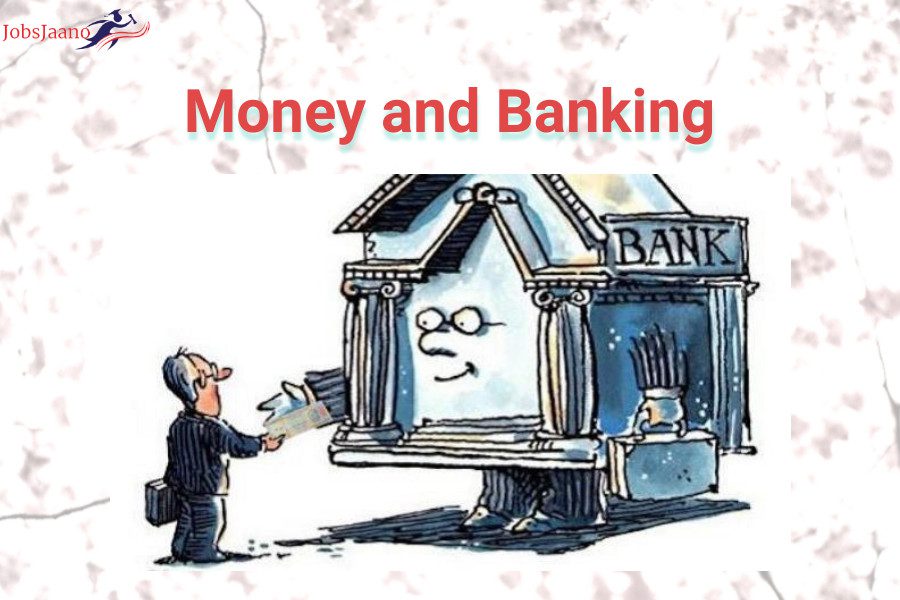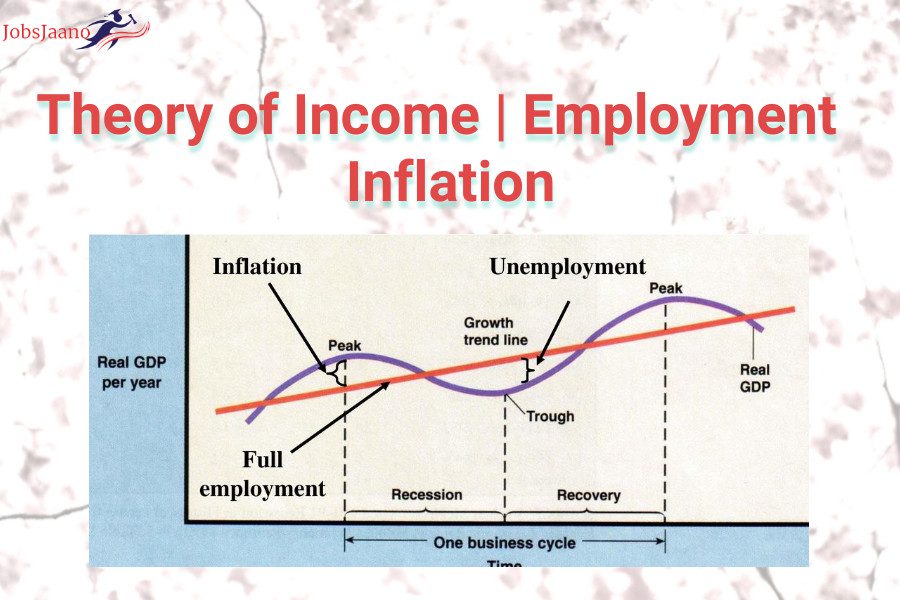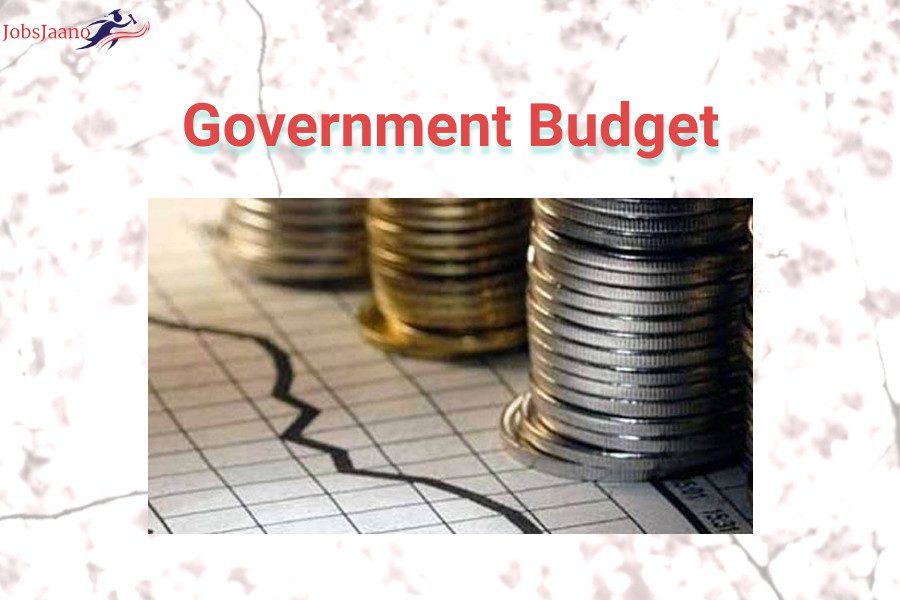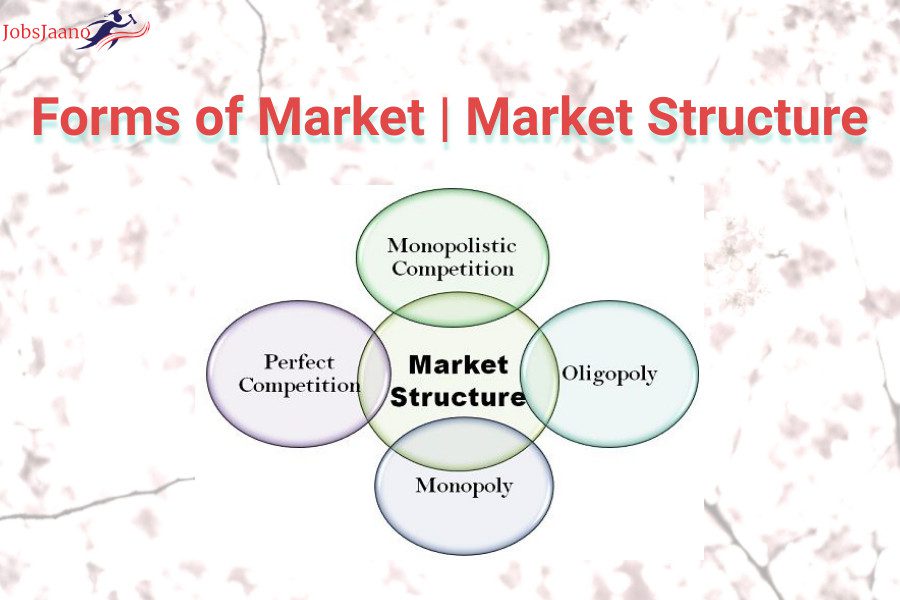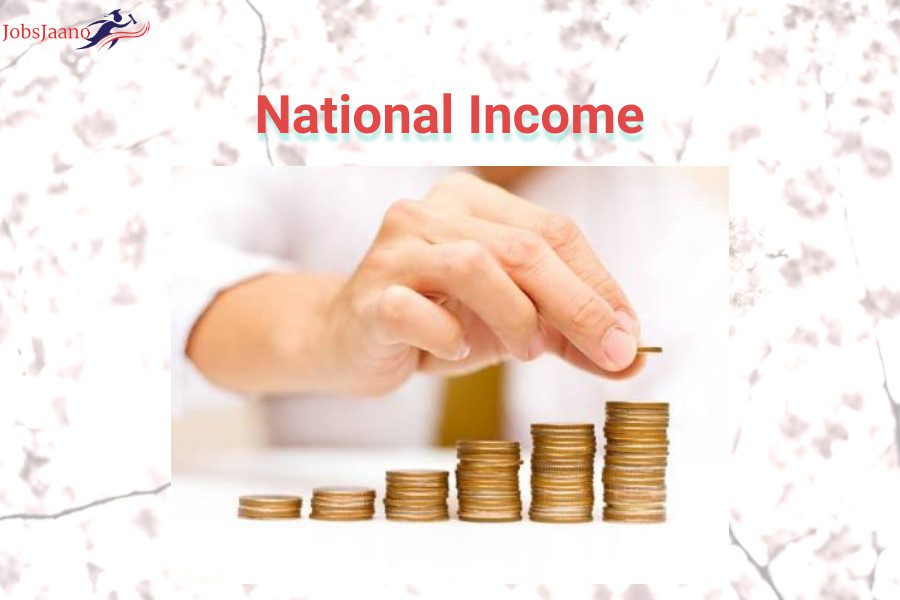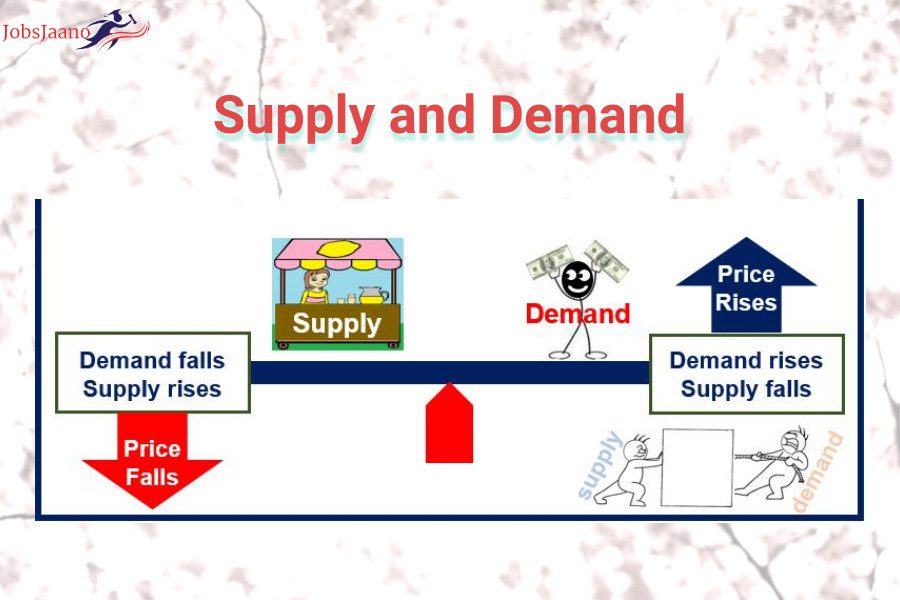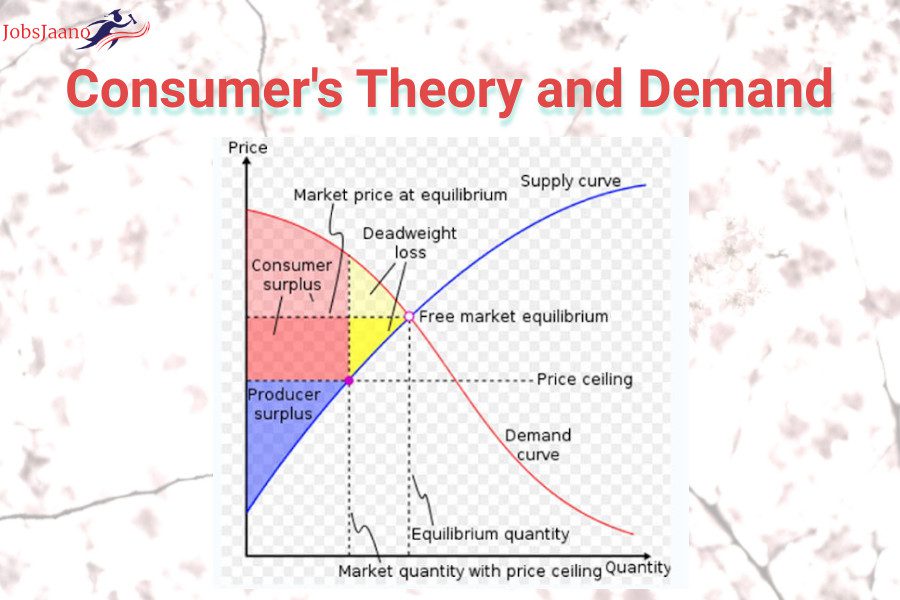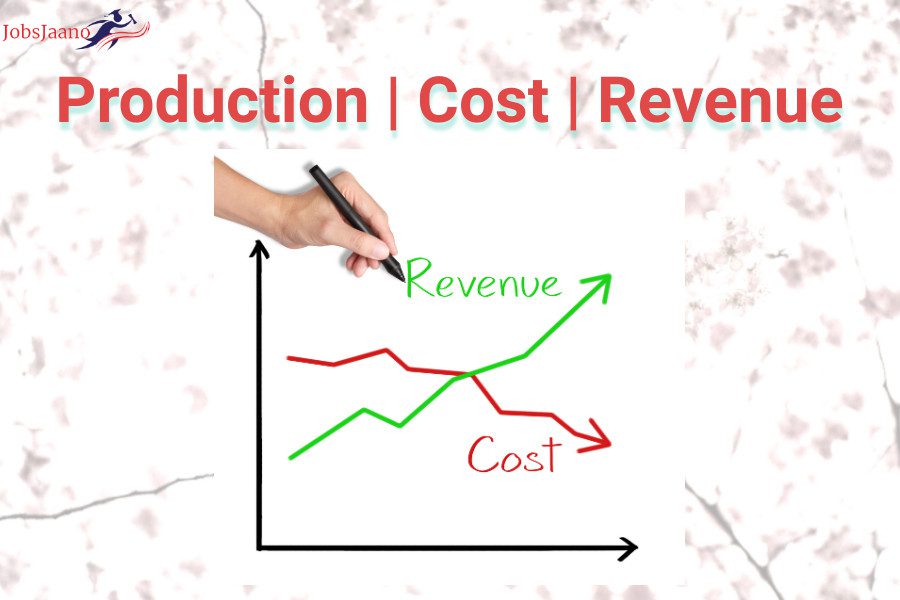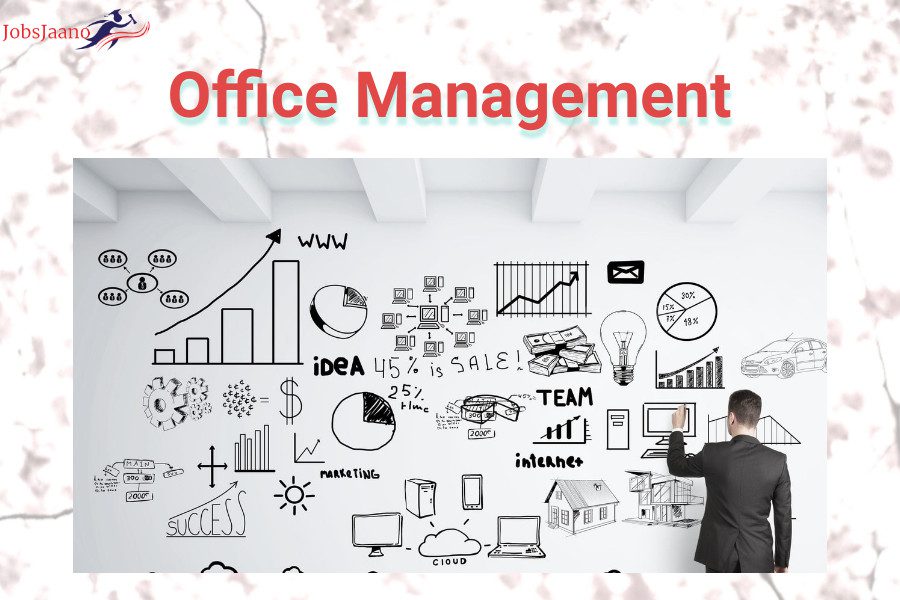Multiple choice questions of Subject Commerce MCQs Topic Foreign Trade of India MCQ pdf | International Trade ( Foreign Trade of India MCQ pdf | International Trade Quiz ) for Entrances (Entrance Exam) Conducted by different Central and State Universities are given below.
Foreign Trade of India MCQ pdf | MCQ with answers on international trade for online test
1. Foreign Direct Investment (FDD) is investment directly into production in a country by a company Jocated in another country, then which one of the following modes is/are correct about the FDI?
(a) Buying a company in the target country
(b) Expanding operations of an existing business in that Country
(c) Investing in the shares and stocks of a company in the target country
(d) Both ‘a’ and ‘c
Ans. d
2. Which one of the following percentages is the share of the Indian Export in the International Trade?
(a) Less than 1%
(b) More than 1, but less than 3%
(c) More than 3, but less than 5%
(d) More than 5, but less than 7%
Ans. b
3. Foreign exchange and foreign currency in India are governed by
(a) SCRA Act
(c) FEMA Act
(b) Banking Regulation Act
(d) SEBI Act
Ans. c
4. Consider the following statements.
1. India has started the Duty Free Tariff Preference (DFTP) scheme with highly developed countries.
2. Under DFTP Scheme, the beneficiary countries have to submit to the Government of India letters of intent and details of officials authorised to issue the certificates of origin.
Which of the statements given above is/are correct?
(a) Only 1
(c) Both 1 and 2
(b) Only 2
(d) Neither 1 nor 2
Ans. b
5. With reference to Asian Development Bank, consider the following statements.
1. United States has the largest proportion of shares for the voting system.
2. China and India have the same percentage of shares for the voting system.
Which of the statements given above is/are correct?
(a) Only 1
(c) Both 1 and 2
(b) Only 2
(d) Neither 1 nor 2
Ans. d
6. In the context of the bilateral trade negotiation between India and European Commission and European Council
1. European Commission represents the EU in the trade negotiation whereas European Council participates in the legislation of matters pertaining to economic policies of the EU.
2. European Commission comprises the head of States Government of member countries whereas the European Council comprises the persons nominated the European Parliament.
Which of the statements given above is/are correct?
(a) Only 1
(c) Both 1 and 2
(b) Only 2
(d) Neither 1 nor 2
Ans. d
7. Both Foreign Direct Investment (FDI) and Foreign Institutional Investor (FII) are related to investment in country.
Which one of the following statements be represents an important difference between the two?
(a) Fil helps bring better management skills and technology while FDI brings only capital
(b) FIl helps in increasing capital availability in general, while FDI anly targets specific sectors
(c) FDI flows only into the secondary market, while FIl targets primary market
(d) FIl is considered to be more stable than FDI
Ans. b
8. Consider the following statements.
1. India-Japan Comprehensive Economic Partnership Agreement (CEPA) is the India’s third CEPA after Singapore and Korea.
2. India-Japan Comprehensive Economic Partnership Agreement (CEPA) is the India’s first with a developed country.
Which of the statements given above is/are correct?
(a) Only 1
(c) Both 1 and 2
(b) Only 2
(d) Neither 1 nor 2
Ans. a
9. With consider the following statements.
1. On an average, UAE has the high total trade share with India in the five years.
2. China has more total trade share with India than the United States in the five years. reference to India’s International Trade,
Which of the statements given above is/are correct?
(a) Only 1
(c) Both 1 and 2
(b) Only 2
(c) Neither 1 nor 2
Ans. c
10. Consider the following statements.
1. India’s Trade Policy Review (TPR) is carried out every four years.
2. WTO has a mechanism for regular review of the trade policies of member countries.
Which of the statements given above is/are correct?
(a) Only 1
(c) Both 1 and 2
(b) Only 2
(d) Neither 1 nor 2
Ans. c

